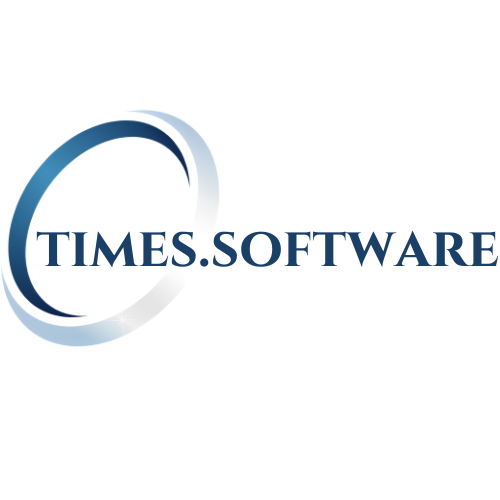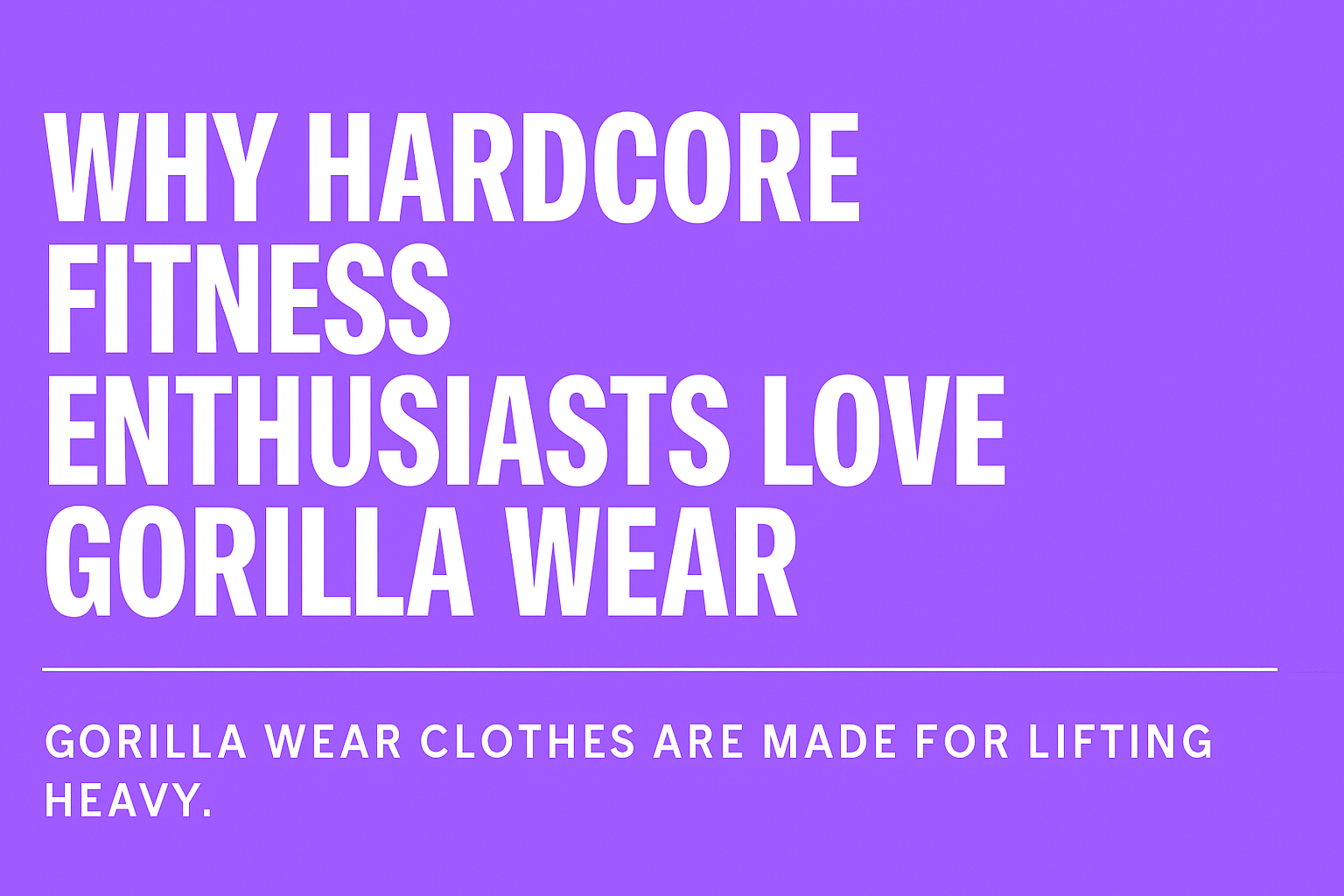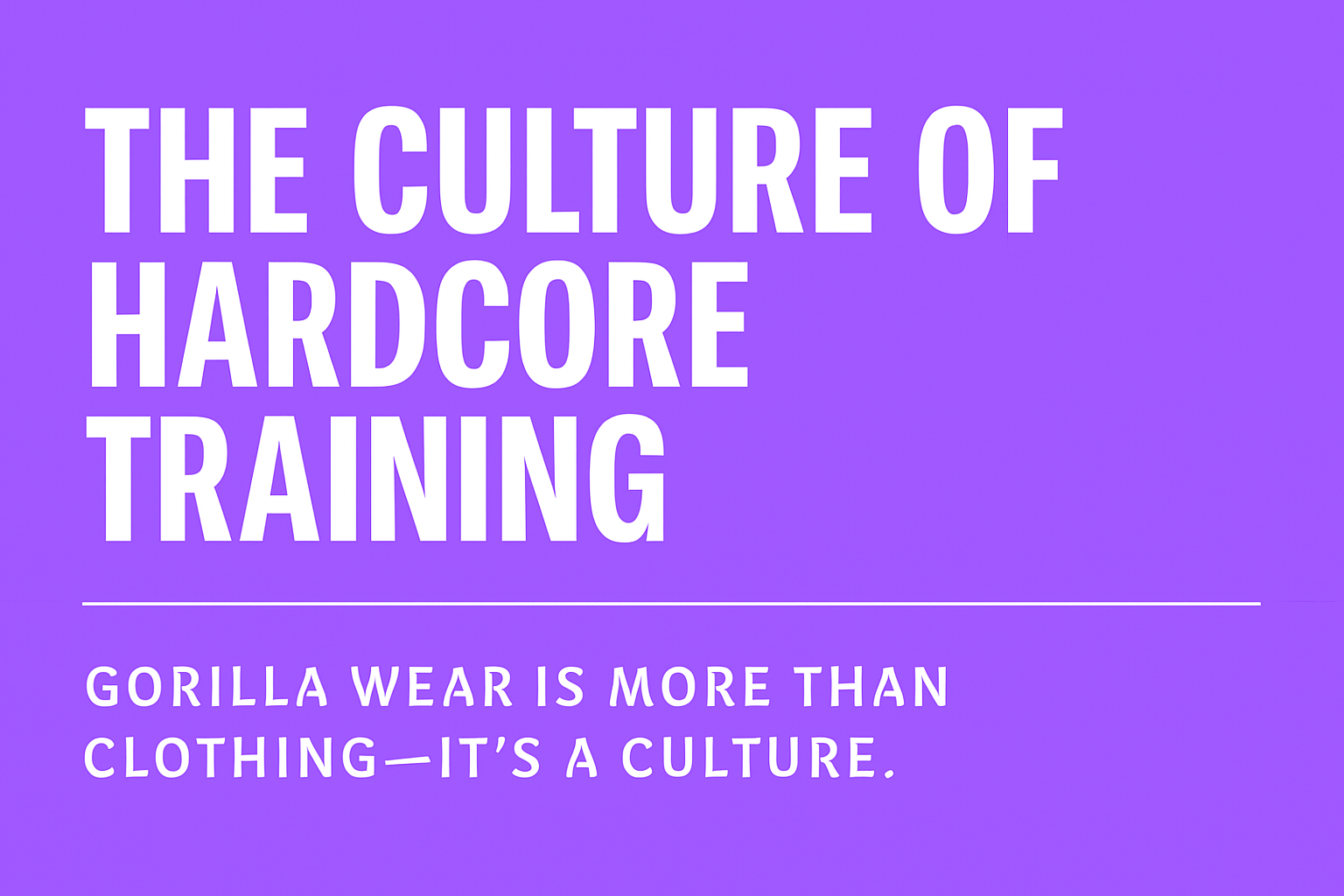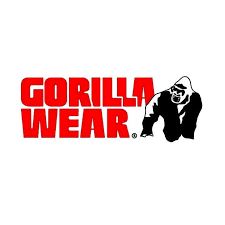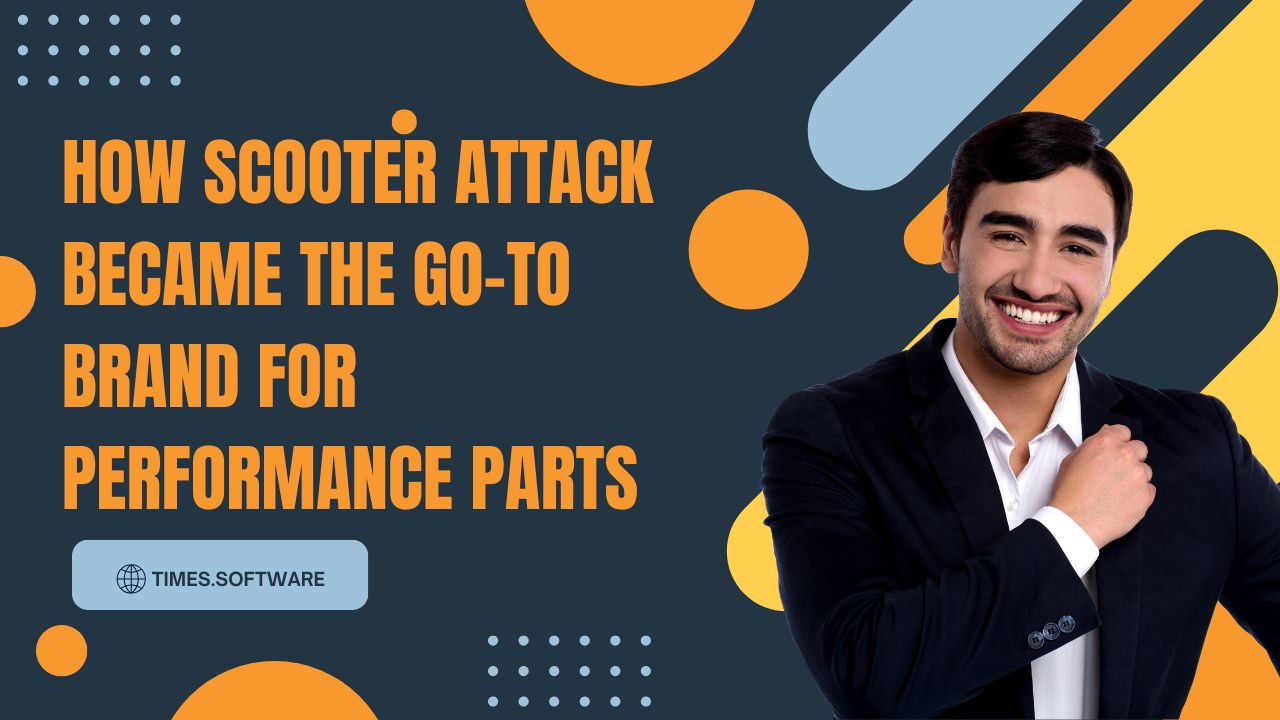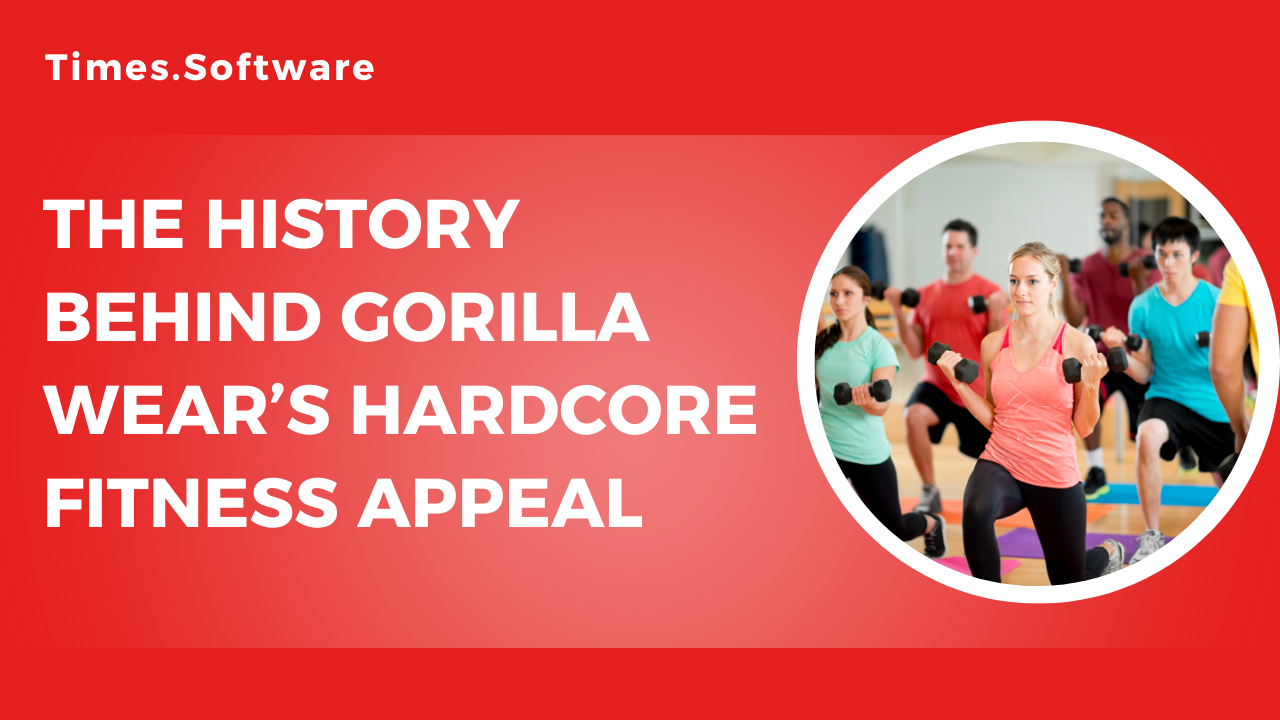
The History Behind Gorilla Wear’s Hardcore Fitness Appeal
Discover the story of Gorilla Wear, a legendary fitness brand that has shaped hardcore bodybuilding culture since the 1980s. Learn how its iconic style, rugged designs, and powerful logo made Gorilla Wear a global symbol of strength and dedication in the fitness world.
Table of Contents
ToggleIntroduction: Gorilla Wear
If you’ve ever walked into a hardcore gym, chances are you’ve seen someone rocking Gorilla Wear. With its oversized shirts, rugged designs, and bold gorilla logo, this brand has become synonymous with raw strength and hardcore fitness. But how did it get here? Let’s dig into the story behind Gorilla Wear’s legendary appeal.
The Origins of Gorilla Wear
Gorilla Wear was born in 1982, right in the heart of the bodybuilding explosion. The ’80s were a golden age for muscle culture—Arnold Schwarzenegger, Lee Haney, and other icons had inspired millions to pick up weights. Amid this boom, Gorilla Wear offered something new: clothing made specifically for the gym rat who lived and breathed iron.
Early Influence in the Bodybuilding Community
Unlike casual sports brands, Gorilla Wear didn’t chase the mainstream. It targeted hardcore bodybuilders—those who spent hours grinding out reps in sweat-soaked gyms. Oversized tank tops, baggy pants, and tough fabrics made the brand instantly recognizable. In many ways, Gorilla Wear helped shape what we now call “hardcore gym fashion.”
Why Hardcore Fitness Enthusiasts Love Gorilla Wear
The Iconic Gorilla Logo
That gorilla wasn’t just a logo—it was a declaration. It stood for raw power, untamed energy, and dominance in the gym. When lifters wore the logo, it wasn’t just clothing; it was armor. The gorilla became a badge of honor for serious athletes.
From Underground to Global Recognition
At first, Gorilla Wear was an underground label known only in bodybuilding circles. But word spread fast. By the ’90s, fitness enthusiasts worldwide were ordering gear. Today, Gorilla Wear is sold in over 50 countries, proving that hardcore style has universal appeal.
The ’90s and Early 2000s Fitness Boom
When fitness trends shifted in the ’90s and early 2000s, many brands softened their image. Gorilla Wear didn’t. It doubled down on its hardcore aesthetic, staying true to its roots. While others focused on athleisure, Gorilla Wear kept speaking directly to the die-hard lifters.
Evolution of Product Line
Over the years, Gorilla Wear expanded from oversized gym wear to full collections. Today, they offer shoes, bags, lifting accessories, and even casual wear. But the brand never abandoned its DNA—the hardcore vibe runs through everything they produce.
Celebrity and Athlete Endorsements
Gorilla Wear’s rise was fueled by endorsements from bodybuilding legends. Athletes like Flex Wheeler, Big Ramy, and Dennis Wolf proudly wore the brand. Seeing these giants lift in Gorilla Wear cemented its credibility in gyms worldwide.
Comparison with Other Fitness Brands
Nike and Adidas may dominate sports, and Gymshark may own Instagram, but Gorilla Wear plays in a different league. Its focus isn’t on trendy aesthetics—it’s on authenticity. While others chase fashion, Gorilla Wear stays rooted in raw strength and hardcore tradition.
The Psychological Appeal of Wearing Gorilla Wear
There’s a psychological boost in putting on Gorilla Wear. Just like a warrior’s armor, it mentally prepares lifters for battle with the weights. Wearing the logo gives lifters confidence, intensity, and a reminder that they belong to a tribe of hardcore athletes.
Gorilla Wear in Modern Times
Today, Gorilla Wear balances old-school appeal with modern design. Slimmer fits, updated fabrics, and new colorways attract younger athletes while still honoring the brand’s hardcore legacy. It’s a rare blend of past and present.
Future of the Brand
Looking forward, Gorilla Wear has endless potential. Whether it continues dominating hardcore bodybuilding culture or expands into mainstream fitness fashion, one thing is certain—it will never abandon the grit that made it legendary.
Conclusion
From its underground beginnings in the 1980s to its current global presence, Gorilla Wear has built an unshakable reputation in the fitness world. Its hardcore designs, iconic logo, and unwavering authenticity make it more than a brand—it’s a movement. And as long as people keep chasing strength, Gorilla Wear will remain a symbol of hardcore fitness.
Frequently Asked Question
Gorilla Wear was founded in 1982, during the bodybuilding boom of the ’80s.
Because it has always focused on serious lifters, with rugged clothing designed for heavy training and a no-nonsense vibe.
Yes, many famous bodybuilders like Flex Wheeler and Big Ramy have proudly represented the brand.
Unlike trendy brands, Gorilla Wear stays true to its hardcore bodybuilding roots and focuses on authenticity.
Absolutely! While it’s built for lifting, Gorilla Wear has evolved to include casual wear that looks great beyond the gym.
